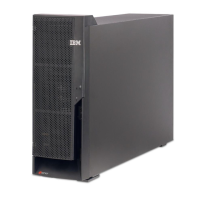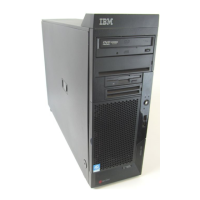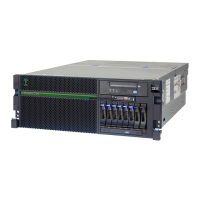i5/OS and OS/400 (5722-SS1): Architecture 521
Draft Document for Review October 18, 2004 5486OpS.fm
DB2 Universal Database for iSeries
DB2 UDB for iSeries offers state-of-the-art database
functions and open systems, standards-based
technology, while providing the maturity, stability, and
ease of use that is the trademark of the iSeries
server. It is not a separate product. DB2 UDB for
iSeries is fully integrated into i5/OS and OS/400
software.
DB2 UDB for iSeries can be used for both transaction
processing and
complex decision support applications. Advanced parallel
processing and advanced query optimization techniques support queries of large
decision support databases for applications such as business-to-business,
business-intelligence, customer relationship management (CRM), and other on
demand business applications.
In an on demand world, standards and globalization are important for integration
and openness. Application portability through standards and the flexibility to
access the database via numerous client interfaces from Linux partitions and
Windows systems allows the application provider and the customer the most
flexibility possible.
DB2 UDB for iSeries embodies that flexibility through the support of its traditional
database interface along with enhancing the Structured Query Language
(SQL)-based database required by today’s enterprise application systems.
Enhancements to the RPQ SQL pre-compiler help customers and independent
software vendors (ISVs) to more easily make use of both interfaces.
Features
Object-relational technology
Object-relational technology with Large Object (LOB) and Data Link Support
enables you to store and manage non-traditional data elements as a normal
part of the database. DB2 UDB for iSeries can store and manipulate LOB
data fields. An iSeries record with LOB fields can hold up to 2 GB of data.
This improves the ability of DB2 UDB for iSeries to support applications that
hold data such as very large text, image, and audio.
DATALINK data type
For the DATALINK data type, actual data stored in the column is only a pointer
to the object such as an image file, a voice recording, or a text file. You can
store a Uniform Resource Locator (URL) to resolve to the object.
